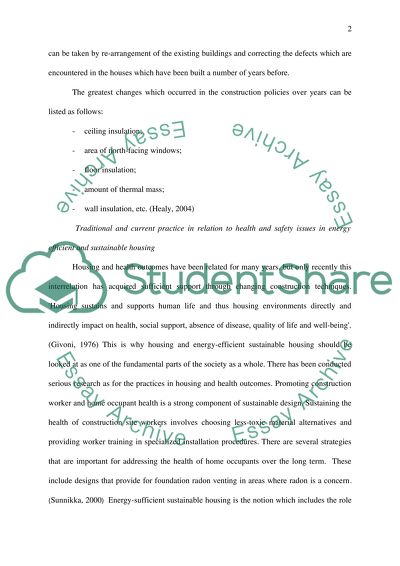Cite this document
(“Sustainability And Energy Efficiency In Housing Essay”, n.d.)
Sustainability And Energy Efficiency In Housing Essay. Retrieved from https://studentshare.org/miscellaneous/1523660-sustainability-and-energy-efficiency-in-housing
Sustainability And Energy Efficiency In Housing Essay. Retrieved from https://studentshare.org/miscellaneous/1523660-sustainability-and-energy-efficiency-in-housing
(Sustainability And Energy Efficiency In Housing Essay)
Sustainability And Energy Efficiency In Housing Essay. https://studentshare.org/miscellaneous/1523660-sustainability-and-energy-efficiency-in-housing.
Sustainability And Energy Efficiency In Housing Essay. https://studentshare.org/miscellaneous/1523660-sustainability-and-energy-efficiency-in-housing.
“Sustainability And Energy Efficiency In Housing Essay”, n.d. https://studentshare.org/miscellaneous/1523660-sustainability-and-energy-efficiency-in-housing.


